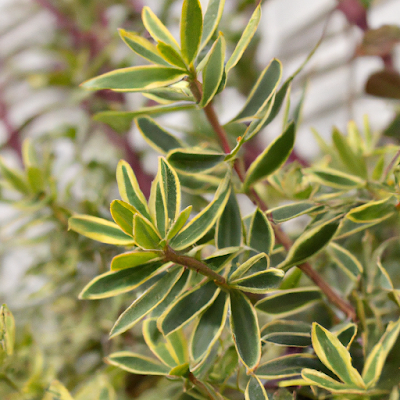Culinary Uses of Herbs
Culinary Herbs: culinary uses of herbs,popular herbs in different cuisines, their flavor profiles, how to grow and use them in cooking, unique and lesser-known herbs used in international dishes.
Culinary herbs are essential in adding flavor, aroma, and depth to a wide range of dishes. They come from various plant families and are utilized in diverse cuisines around the world. Here's a guide to popular culinary herbs, their flavor profiles, growing tips, and unique herbs used in international dishes:
Popular Culinary Herbs:
Basil: Basil is a key herb in Italian cuisine, especially in dishes like pesto and Caprese salad. It has a sweet, slightly peppery flavor with notes of anise and mint.
Parsley: Used as a garnish and flavor enhancer, parsley is versatile and offers a mild, fresh, and slightly peppery flavor. It's commonly found in Mediterranean and Middle Eastern cuisines.
Cilantro (Coriander): Cilantro is a staple in Mexican, Indian, and Southeast Asian cooking. It has a bright, citrusy flavor with a hint of earthiness.
Thyme: Thyme is a versatile herb that pairs well with a variety of dishes, providing a subtle earthy, lemony, and slightly minty flavor. It's popular in Mediterranean and French cuisine.
Rosemary: Rosemary has a strong, piney, and woody flavor, making it a great addition to roasted meats and potatoes. It's commonly used in Mediterranean cuisine.
Oregano: Oregano is a signature herb in Italian and Greek dishes, offering a robust, slightly peppery flavor with a hint of citrus.
Mint: Mint is often used in desserts, teas, and Middle Eastern cuisine. It has a refreshing, cool, and slightly sweet flavor.
Chives: Chives add a mild onion flavor and are commonly used as a garnish, especially in potato dishes.
Sage: Sage is popular in Thanksgiving stuffing and pairs well with poultry and pork. It has a savory, earthy flavor with notes of eucalyptus.
Dill: Dill is a key ingredient in pickles and complements fish and cucumbers with its fresh, slightly anise-like flavor.
Growing Herbs:
-Most culinary herbs can be grown in gardens or pots. They require well-drained soil, adequate sunlight, and regular watering. Be sure to research the specific needs of each herb.
-Prune regularly to encourage bushier growth and prevent flowering, which can affect the flavor.
Unique and Lesser-Known Herbs:
Kaffir Lime Leaves: Common in Thai and Southeast Asian cuisine, these leaves have a strong citrusy aroma and are used in curries, soups, and stir-fries.
Tarragon: Tarragon offers a mild anise-like flavor and is essential in French cuisine, particularly with chicken and in béarnaise sauce.
Saffron: While technically a spice, saffron is a crucial ingredient in dishes like paella and biryani, imparting a distinct earthy, floral, and slightly bitter flavor.
Lemongrass: Widely used in Southeast Asian cooking, lemongrass has a lemony, citrusy flavor and is a key component in curries, soups, and marinades.
Lovage: A lesser-known herb with a taste similar to celery, lovage is used in Eastern European soups, stews, and as a seasoning for salads.
Epazote: Popular in Mexican cuisine, epazote has a strong, pungent flavor and is used in bean dishes to reduce flatulence.
Fenugreek: A staple in Indian cuisine, fenugreek has a sweet, nutty flavor and is used in curries, spice blends, and pickles.
Experimenting with these herbs in your cooking can open up a world of flavors and allow you to explore various international cuisines. Be mindful of the quantity of herbs you use, as their intensity varies, and a little can go a long way.



Comments
Post a Comment